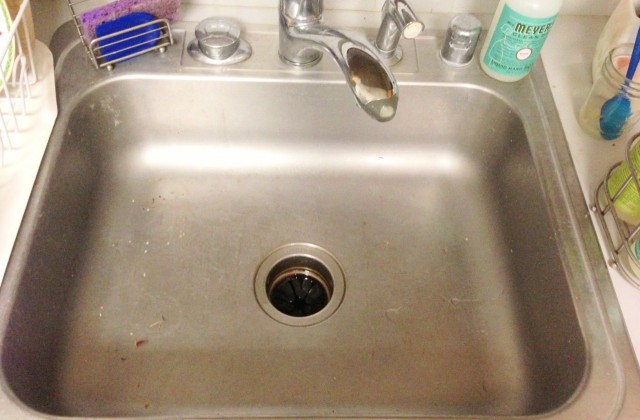Microhousing Debate: Social Engineering Becomes Social Plumbing
Smart Growth Seattle has taken on the microhousing issue that has been captivating the attention of the press and City Council lately. There was a panel debate that happened last week and tomorrow I’ll be on a panel sponsored by Publicola. The action with that panel starts at 6:00 Tuesday at the JewelBox Theater at the Rendezvous in Belltown (2322 2nd Ave.), emceed by Q13 Fox political correspondent C.R. Douglas.
The discussion has taken a turn from general complaints from annoyed neighbors worried about the possible changes brought by more people moving into the neighborhood, to very specific questions from City Council.
These questions reflect many of the things opponents of microhousing have been pointing to as things they want imposed on microhousing. For example:
- Establishing a minimum square foot size for microhousing units projects and what, if any required minimum square foot size of shared/common areas per number of people expected to share the use of the shared/common space;
- Requiring sleeping rooms in microhousing projects to include private bathrooms;
- Revising the code to limit microhousing to one person per sleeping room; and
- Prohibiting or limiting microhousing only to L-3 zones
There’s more, including imposing design review requirements, review under the State Environmental Policy Act (SEPA), and requiring review of how microhousing impacts neighborhood growth targets. All of these things add process and that adds time and costs to microhousing projects, costs that can only be recovered by increasing rents.
We’ll be addressing the specifics of how all these additional additions to the already long and drawn out process of getting a building permit turns into higher rents for working people, including students and others who are trying to make ends meet.
But here’s the one that tops them all from a recent City Council memo to the Department of Planning and Development:
Bathroom components
It is our understanding that the private bathrooms attached to sleeping rooms in microhousing projects are often comprised of just a toilet and a shower. Has DPD considered requiring these bathrooms to include a sink as well, which would increase the number of sinks in each sleeping room to two? Please provide a summary of the Department’s rationale for either pursuing or not pursuing such a requirement.
Now I am in favor of social engineering, especially social engineering that leads to sustainable outcomes. But mandating the number of sinks in microhousing? That sounds like social engineering becoming social plumbing and social interior design. Do we really want to start micromanaging microhousing like this?
We aren’t doing this with other kinds of housing. Let’s look at this way; what if people living in microhousing rallied around the idea that single-family home homeowners have too many sinks. All those sinks contribute to over consumption of water, so single-family homes should be limited to two sinks: one in the kitchen and one in the bathroom.
That doesn’t make any sense does it? If a homeowner or even a renter wants two sinks or three sinks or more sinks they probably should be able to have them, provided they follow regulations and that they pay for them. Why do opponents want residents of microhousing to pay for extra sinks? Why do sinks matter so much to opponents to this kind of housing? If there were sinks everywhere, would microhousing opponents walk away in satisfied victory?
Probably not. The push for social plumbing and mandating more process and trying to manage how people in microhousing live is, at best, an effort to stall and kill microhousing projects. At worst, the social plumbing movement is really about telling other people how they should live, regardless of whether people in the microhousing market want one, two, or three sinks in their units.


